Best Drivers For Slicers 2025
We take a look at the best drivers that will stop you slicing tee shots
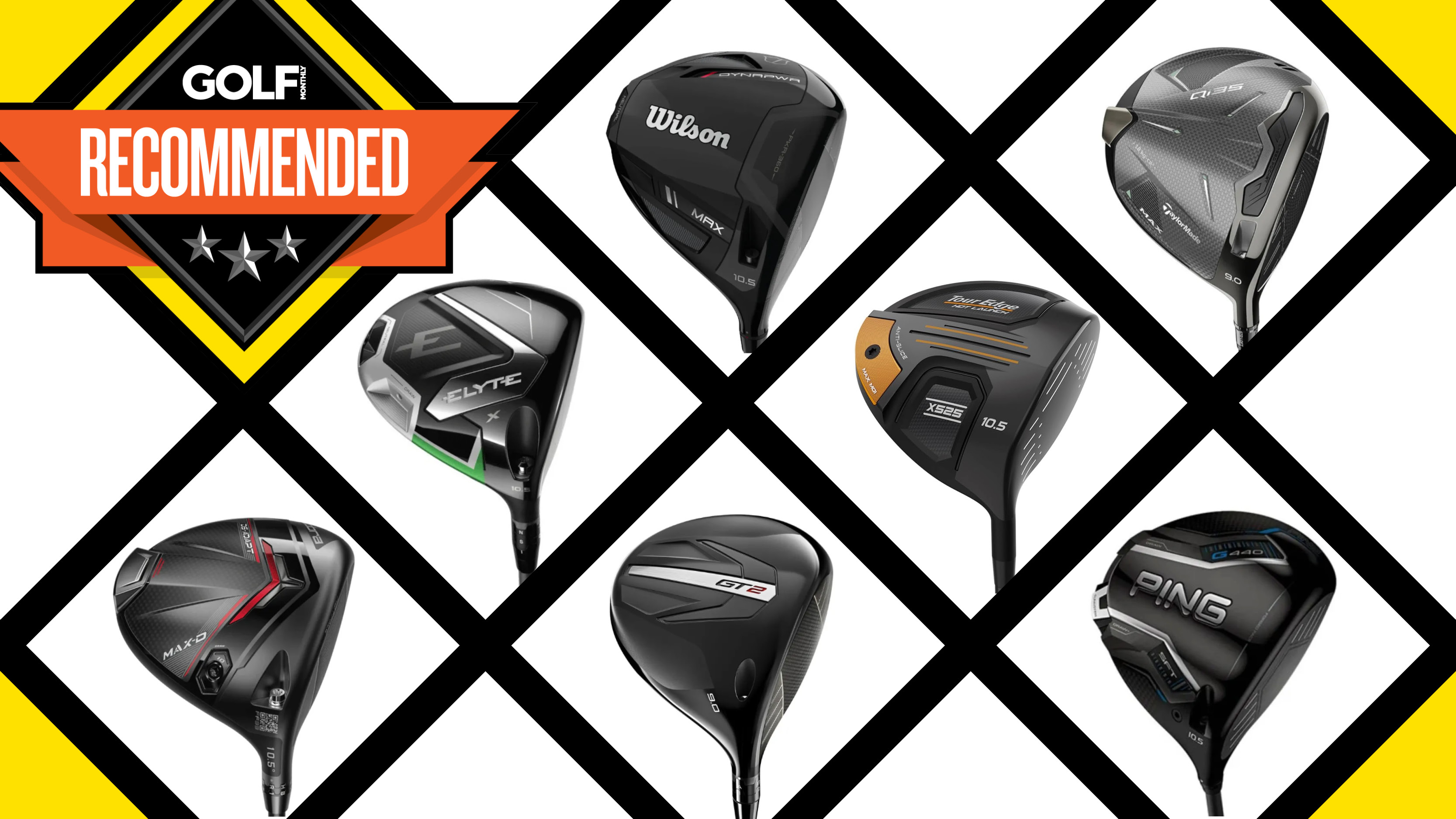

Of all the ball flights, the excessive left-to-righter can be the most debilitating. An uncontrollable slice that sails widely to the right not only robs you of distance but also rarely finds the fairway. And short and crooked off the tee isn’t a combination that any golfer wants.
Often a result of an ‘over the top’ move that sees the golfers approaching the ball from out to in, weakly swiping across it at impact, a slice is a common problem. Which means that club makers have spent plenty of research and development money in an attempt to create clubs that lessen the destruction. As a result we regularly see the best golf drivers coming with an anti-slice model to mitigate those big right misses. This is typically done with a combination of a slightly close face at impact and some additional weighting at the heel.
WATCH: Joe Ferguson tests and compares the leading drivers on the market in 2025
Below we have compiled a list of the best anti-slice drivers we have tested but, if you're looking for something more specific, check out our guide on the best golf drivers for beginners, the most forgiving golf drivers or the best drivers for distance.
The Quick List

There may not be a better draw-bias on the market in 2025 than the Ping G440 SFT, providing help and forgiveness for straightening out wayward drives in abundance.
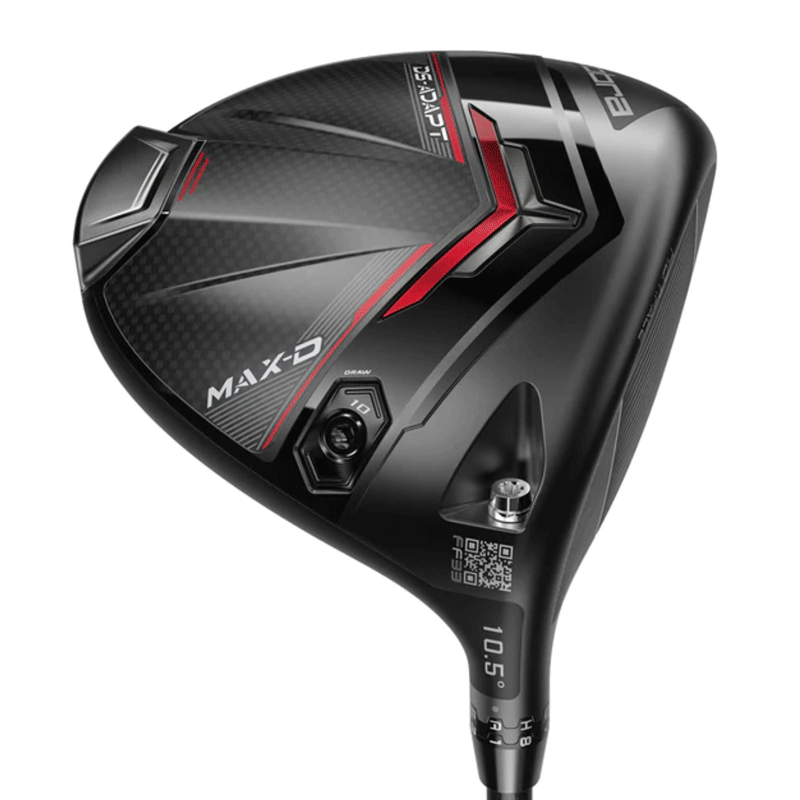
Designed to provide the same level of distance and forgiveness as the MAX-K but with a particular focus on draw bias to assist players who tend to miss to the right from off the tee.

The Max is the most user friendly driver in the new Qi35 range, with beautiful looks backing up exceptional performance in both distance and forgiveness.
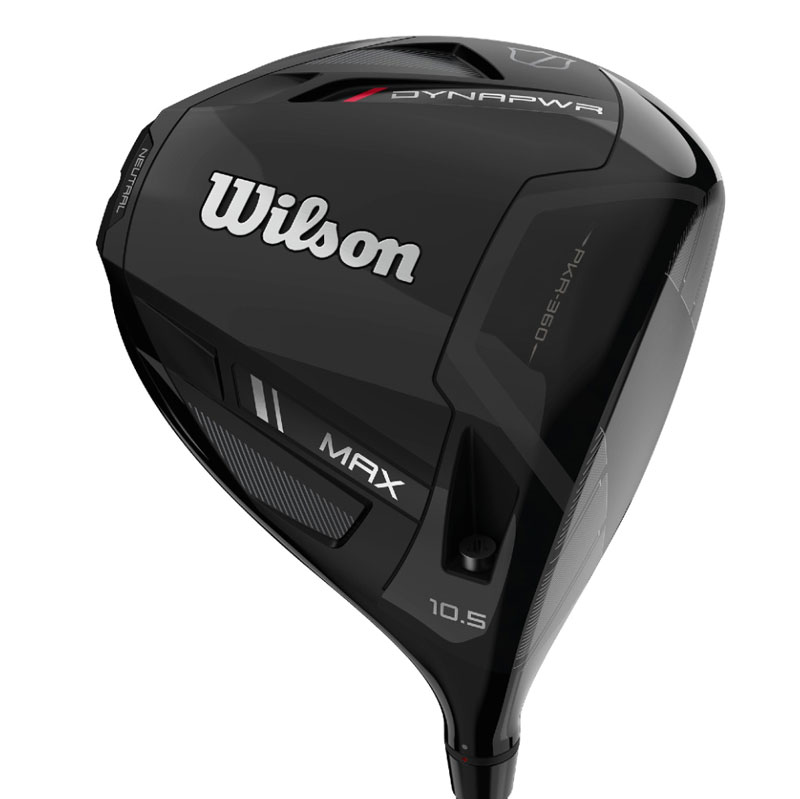
The Dynapower Max is Wilson's best driver in years. Plenty of forgiveness is on offer here, with a prominent draw bias built in to help players who want to straighten out their slice.
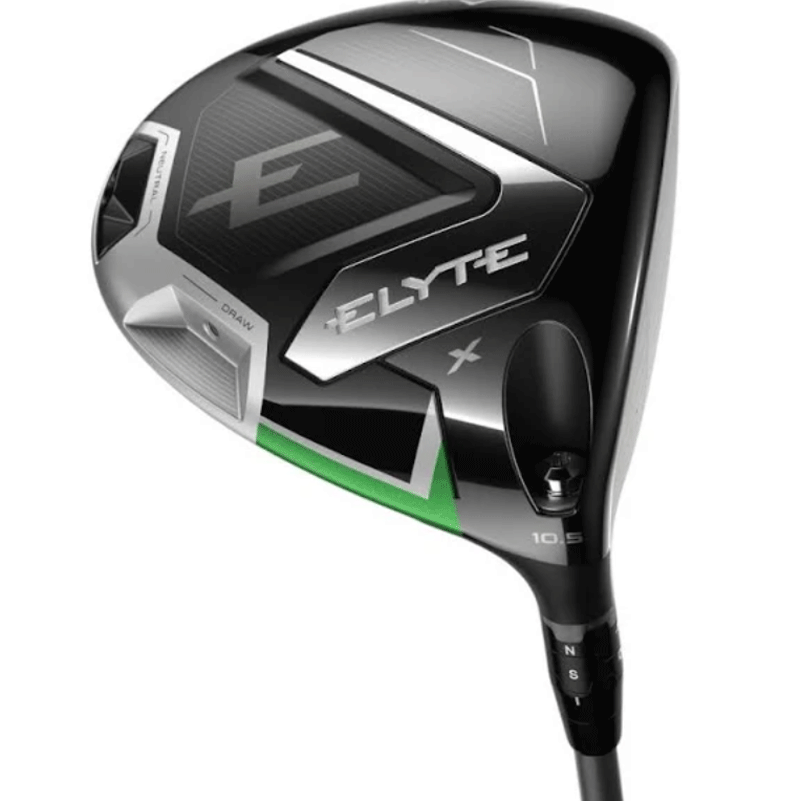
The X is the most forgiving driver in the new impressive the Elyte range which sees Callaway's momentum as one of the best driver manufacturers in the business continue.
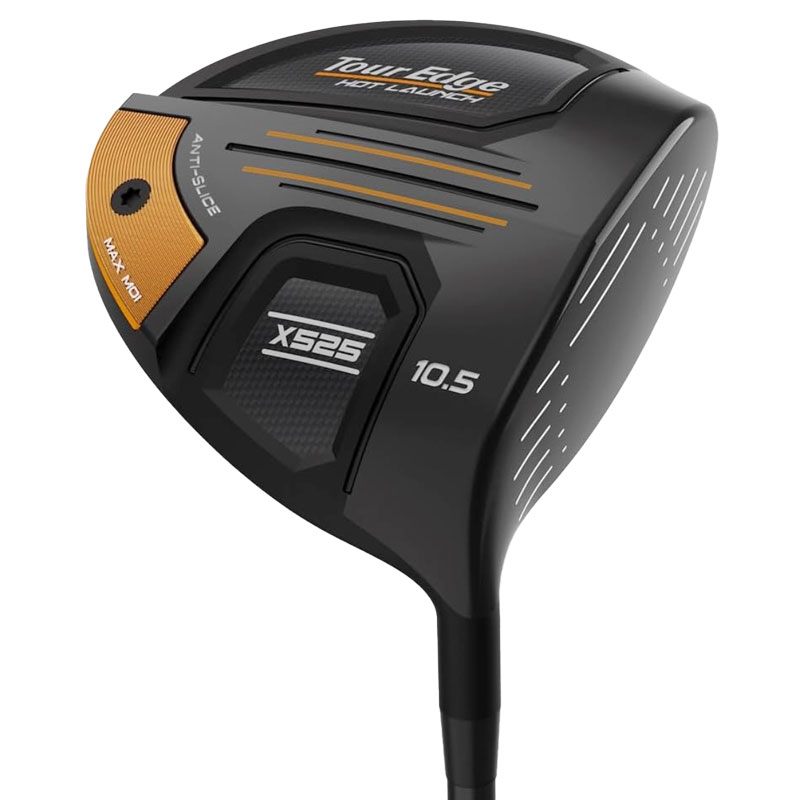
Along with technology promoting higher launch, the X525 driver from Tour Edge is specifically built with the slicer in mind, packed full of MOI to help promote a strong draw bias and get your drives flying straighter.
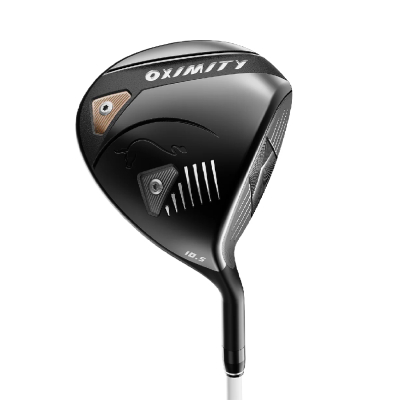
The Oximity driver does exactly what it says on the tin. Never have we used a driver with more inherent draw bias. The feel at impact is very good, and ball speeds are reasonable. If you are a slicer of a ball who has exhausted all options, the Oximity driver is a must-try.
Best Drivers For Slicers - Best Anti Slice Drivers
Top pick
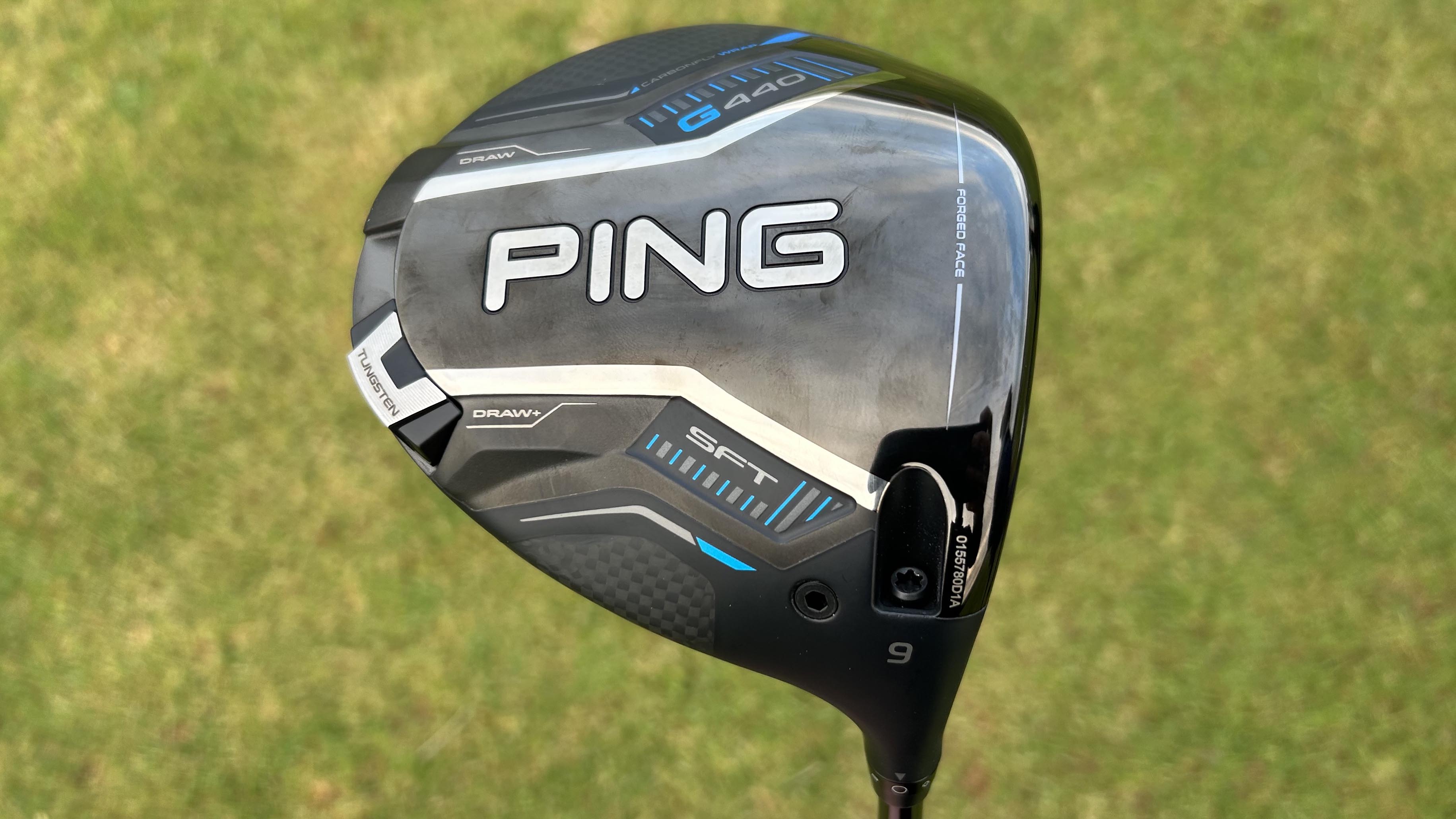
Specifications
Reasons to buy
Reasons to avoid
The previous G430 range from Ping were some of our favorite drivers of 2024, thus meaning we were super excited to get our hands on the latest G440 range to see what extra performance the boffins at Ping HQ could squeeze out. After testing the most user friendly of the range, the SFT, the result is an evolution rather than a revolution but there were two main areas of significant improvement - firstly in the looks department and secondly (and most importantly), the draw bias of the ball flight.
Beginning with looks, this is a great looking driver, particularly at address. Those of us in the Golf Monthly office were torn with the design of the sole - some liked it while others weren't as hot on it. There was no debate on the looks from the top and address, with the entire range sporting new carbonfly wrap which looks awesome.
Now, to the important part. If you're a player that has demons with the slice... good news. This is the driver for you. After testing I'd estimate the draw bias has increased by around 15-20% from the previous model, a significant and impressive achievement. This can help players effectively eliminate that damaging right miss that causes havoc to scorecards and our mental game of the course. This driver is without doubt one of the most forgiving we've tested thus far this year and is well worth a try for anyone fighting daily with a slice.
- Read our full Ping G440 SFT Driver Review
Best adjustability
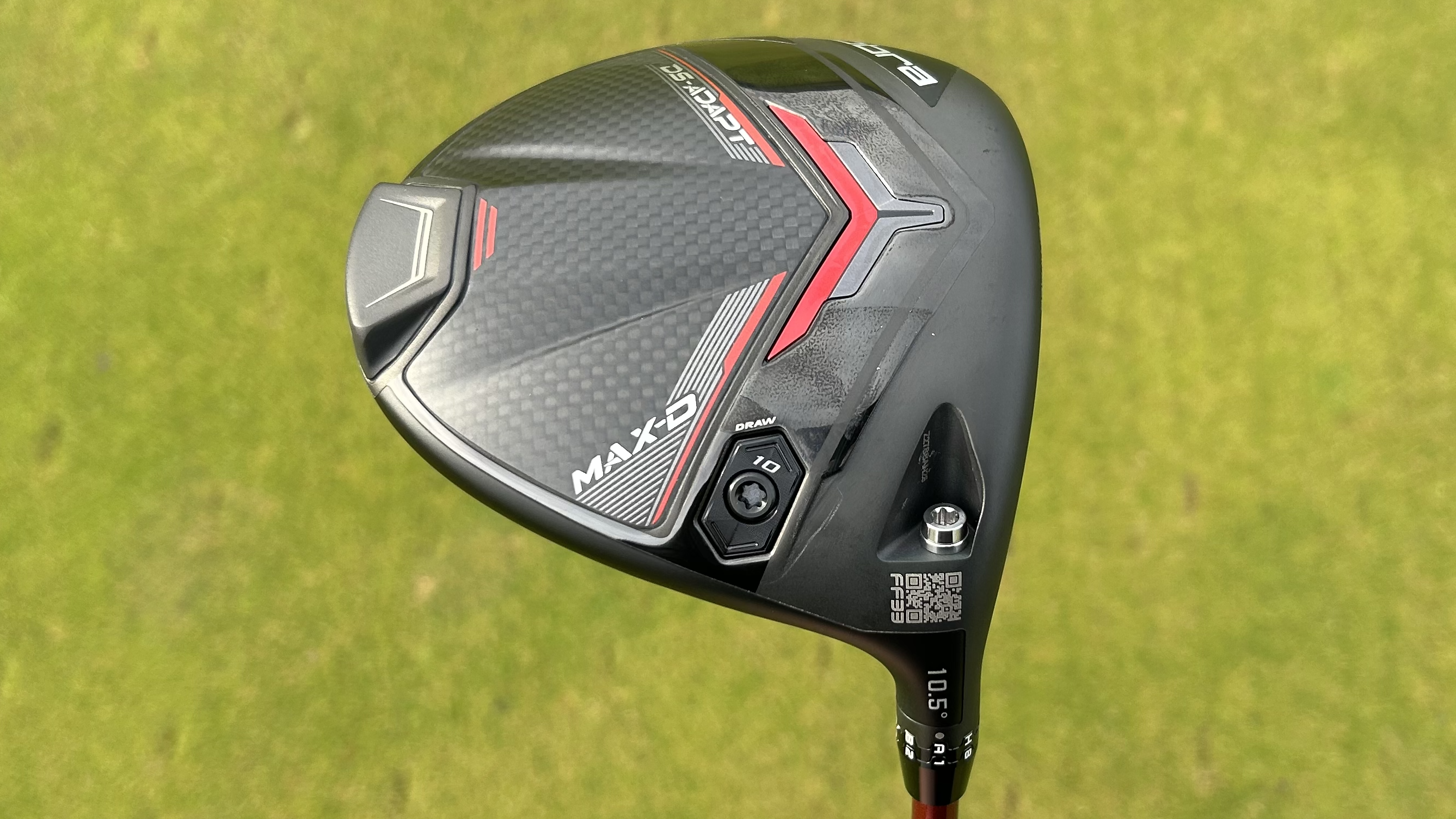
Specifications
Reasons to buy
Reasons to avoid
Cobra’s FutureFit33 shaft adapter is featured on all the DS-Adapt drivers and is used to offer a degree of adjustment that’s unmatched by other brands. Sitting on the hosel it looks rather like a bicycle combination lock and can be configured to deliver 33 combinations of lie and loft. Impressive stuff, indeed.
But even without these 33 settings the Max-D is designed to eliminate a slice thanks to its draw bias profile. We found that it launched easily, was incredibly stable through impact, regardless of whether we found the center of the face or not, and never went right. In short, just what the doctor ordered for any one suffering from a bout of the slices.
Another impressive component of the Max-D, in fact it's a feature of the entire DS-ADAPT range, are the feel and sound at impact. Now, these can be notoriously difficult to describe to other golfers but we’d say that the feel sits in the ideal spot between ‘thuddy’ and ‘dull’, while the acoustics ring the right note between ‘clangy’ and ‘high pitched’. Go and hit one and you’ll know what we mean.
- Read our full Cobra DS-ADAPT MAX-D Driver Review
Best looking

Specifications
Reasons to buy
Reasons to avoid
If looks are important to you when choosing the right driver for your setup, we don't think there are many better in the 2025 lineup than the new Taylormade Qi35 family. A new carbon-fibre finish has been added to the entire range which looks supreme and premium, almost like the interior of a supercar. The shape of the head is also confidence-inspiring at address which will help players of all abilities.
In terms of performance, we'll focus on the 'Max' as it is the most forgiving driver in the range and that level of forgiveness has only increased when compared to the Qi10 of last year. This is thanks to a lower CG in the club head which helps stabilize the club more through impact courtesy of a new 34g weight to the rear of the club head.
We've tested all of the drivers currently released for the new 2025 season and thus far none have matched the tight dispersion rate of the Qi35 Max. Our dispersion during testing was tremendous, not varying too much from either side to side or back to front. Like the DS-ADAPT driver from Cobra, those who struggle with a slice off almost every tee box may want to see a little more draw-bias with the ball flight to counter the cut spin they typically create too much of. As a result, better options may lie elsewhere, but we encourage you to try this driver out nevertheless - it really is impressive.
- Read our full TaylorMade Qi35 Max Driver Review
Best ball speed

Wilson's Dynapower Carbon model is for the lower spin players
Specifications
Reasons to buy
Reasons to avoid
The Max is one of three new Dynapwr drivers and is designed to be the most user-friendly of the trio. Unlike the Carbon model, the Max has a 460cc all-titanium head with an inherent draw bias built in as well as an adjustable 19g rear weight that allows for some dialling in of the club’s CG.
At address the club is classic and unfussy to the eye, with just a subtle alignment aid on the top edge. In fact the aesthetics in general are, for us, a big improvement from previous Wilson drivers. The gloss crown and dominant black coloring creates a really sophisticated appearance.
Of course, performance is what truly matters, and for those battling a slice, this Dyanpwr shouldn’t disappoint. The draw bias is clearly evident and should go some way to cleaning up that aggressive left-to-right ball flight that robs you off distance. The spin profile is high, but as a driver designed for slower swingers this is a bonus, making the Max a really easy club to get airborne. If you struggle with launch, then this could be a great option for you.
Similarly it’s a great option if you’re looking to find more fairways. We found it to be exceptionally stable at impact, which gave us some really tight dispersion numbers and meant that, more often than not, we were playing our approaches from the short stuff.
Given the all-titanium head the sound is pretty loud, certainly compared to the other two models in the lineup, but it’s not offensive and combined with the solid feel at impact it translates to a powerful sensation at impact that will appeal to plenty of golfers.
- Read our full Wilson Dynapwr Max Carbon Driver Review
Most forgiving
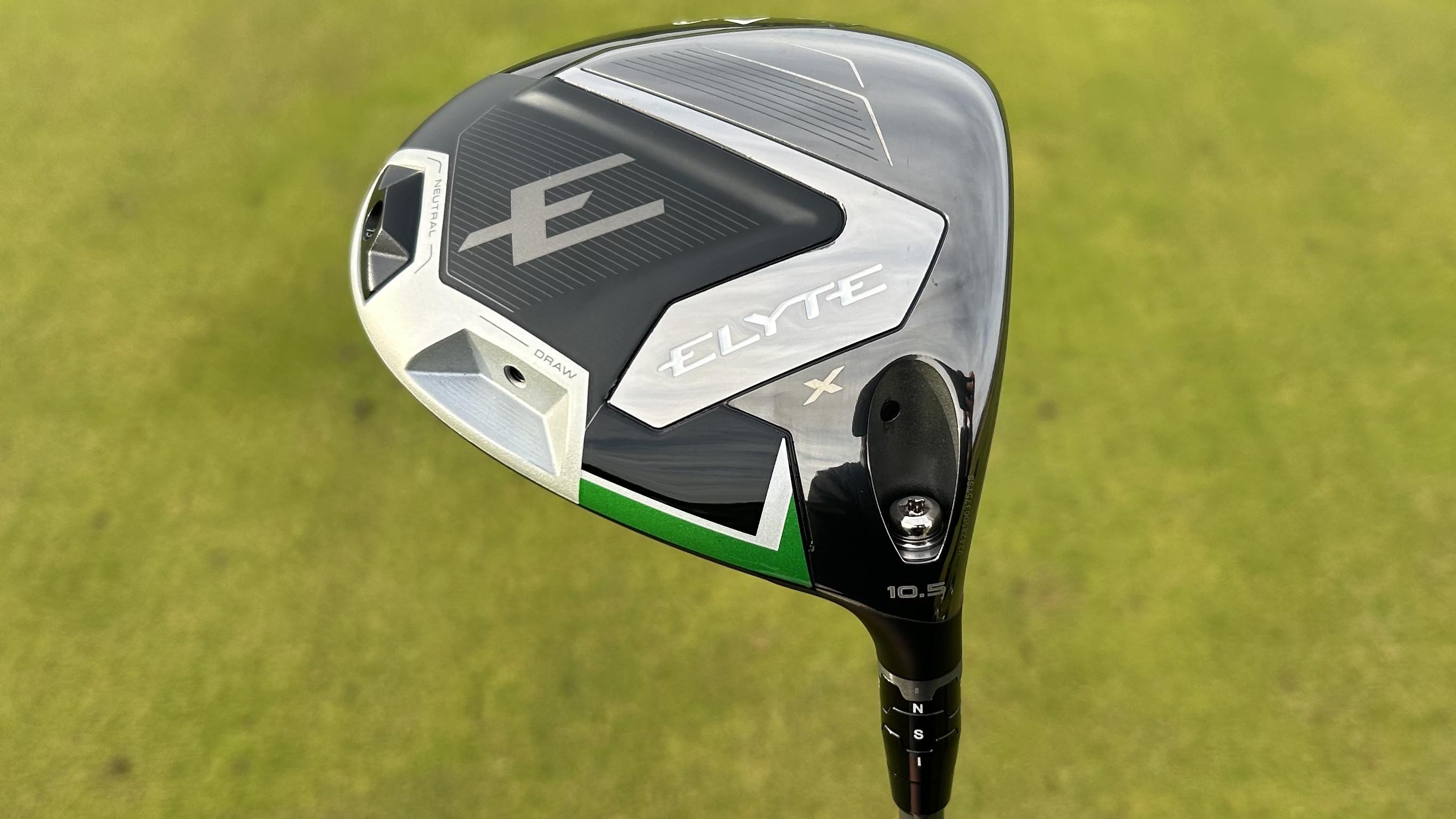
Specifications
Reasons to buy
Reasons to avoid
The Elyte X is another user-friendly driver from the Callaway stable and is a great match for those in need of some help taming their slice.
The 13g adjustable weight at the back of the clubhead aids launch and spin, meaning that you don’t need to feel like you have to manipulate the ball to get it airborne, opening the face as you do, and resulting in the dreaded slice. We found that, in practice, the weight was effective in impacting ball flight, allowing us to fine tune it as required.
It’s easy launch also makes it a good option for those who are struggling to get the ball airborne while it’s impressively forgiving too; we found the Elyte X to be incredibly stable at impact, meaning that mishits didn’t lose too much ball speed while also keeping to a tighter dispersion. This club couldn;t accurately be described as a ‘fairway finder’.
Looks wise the matte carbon crown looks premium and is easy on the eye at address. Coupled with a clubhead that sits beautifully square behind the ball, and you get a driver that delivers confidence in spades.
- Read our full Callaway Elyte X Driver Review
Best value

Specifications
Reasons to buy
Reasons to avoid
The Tour Edge gets our nod for ‘best value’ in this guide thanks to plenty of game-improving tech but a surprisingly low price tag. At under $250 or £200 it’s half the price of many competing models, leaving you with plenty of change to spend on a lesson or two from your club pro or a round at one of your bucket list courses.
Designed to be as user friendly as possible, the Hot Launch X525 shares the same Diamond Face VFT and Ridgeback technology as its Hot Launch E525 driver. The club has a high MOI for maximum stability alongside a draw bias CG, achieved by moving the weight to the heel. Combined with the offset hosel and this looks like a club that will be hard to hit to the right.
And in practice it all works. We found this to be an easy club to launch, well suited to those with slower swing speeds, while the draw bias properties work just as they should.
- Read our full Tour Edge Exotics E725 Driver review
Most unique
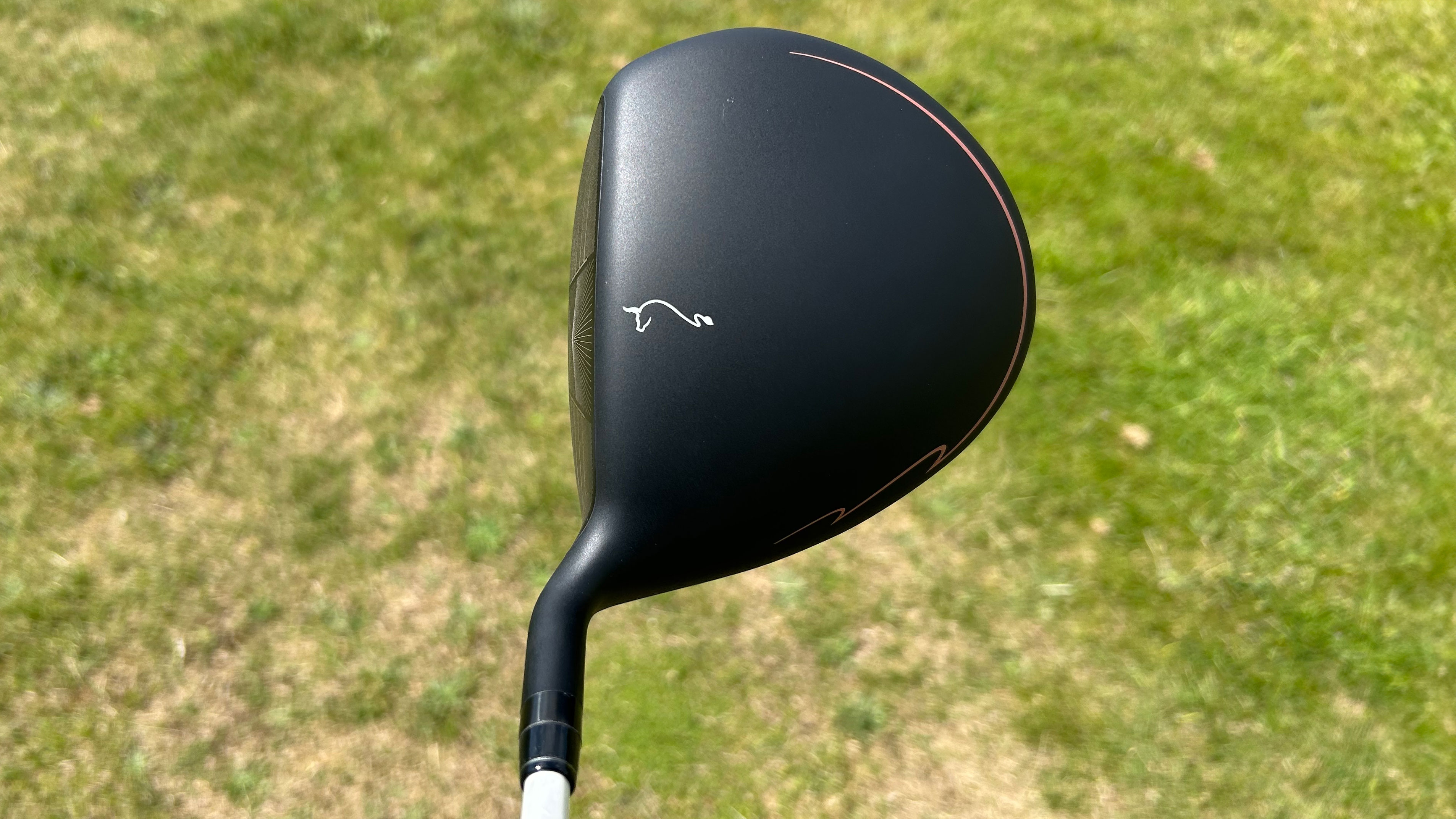
Specifications
Reasons to buy
Reasons to avoid
Far from a household name, the Oximity driver has been designed to eradicate your slice. And to do so it’s applied all the possible design features it can to tame that left-to-right ball flight. That means you get a CG location close to the heel, a closed face, an upright lie angle and, most visibly, a significantly offset hosel.
Combined it makes for a unique looking driver that might prove divisive in its looks. Certainly that offset hosel is unlike anything else we’ve seen currently on the market, but, perhaps surprisingly, we found that it was easy to get used to at address. Pretty quickly we saw it as a strong visual that this was club fit for purpose, rather than a quirky feature that didn’t look quite right.
And the club performed well, too. Both the feel and the sound were powerful and consistent, providing us with plenty of feedback on the strike, without it ever being too harsh. It was plenty forgiving when we didn’t find the center of the face, maintaining decent ball speed and direction, albeit it to the left. While it was an easy club to get in the air it wasn’t too spinny, meaning that it should play well for those in need of launch and distance.
And, unsurprisingly given all that tech, it did deliver on its anti-slice promise, making this the most left-bias driver we’ve ever used. While it might be too much for some, if you’ve been plagued with a slice for too long and have reached the end of your tether, then this could prove to be the fix you’ve been looking for.
How we test
When it comes to product testing, our reviews and buyers' guides are built upon a rigorous testing procedure combined with the knowledge and experience of our test team. Our driver testing is headed up by Staff Writer Joe Ferguson, a PGA Professional who has worked in the golf industry for nearly 20 years. Joe is ably assisted by technical editor Joel Tadman and both Joe and Joel have been testing golf clubs for many years and can efficiently assess the biggest product releases and then convey the pros and cons eloquently to you the reader.
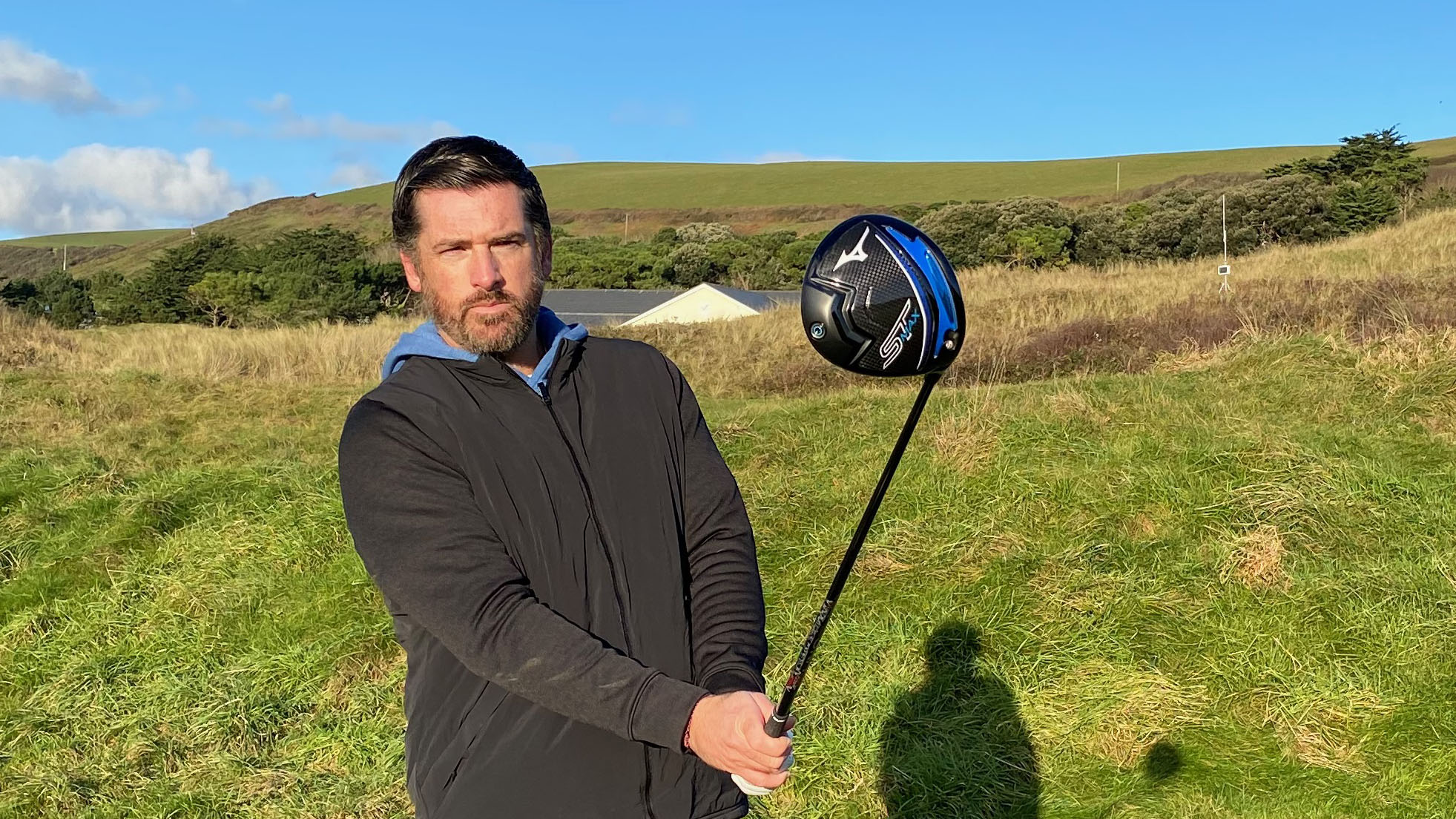
Joe Ferguson testing the Mizuno ST-Max 230 Driver
When it comes to drivers specifically, our process for testing usually begins with attending product launches where we can speak to manufacturers to get a full understanding of the new technology on display. We then hit the golf clubs indoors, usually at Foresight Sports, where we test the products with premium golf balls on a launch monitor. This data gives us plenty of feedback as well as having numbers with which to compare and contrast other clubs with like total distance, carry distance, dispersion, launch angle, smash factor and more.
Outdoor testing is the next port of call and this usually takes place at West Hill Golf Club, a course in Surrey with top-notch practice facilities, however we try our best to test each club across multiple different rounds on different courses to see how they really perform on the golf course in different conditions. Once out on the course we look to see how they fare across a range of playing conditions in terms of general performance in facets like - versatility, usability, how the club performs in different conditions.

We also understand that each driver (or most golf clubs for that matter) are released with a specific selling point. Each driver in this guide will be made with the slicer and higher handicapper in mind, for example, and thus will sell itself as a club that is very difficult to slice. We hone in on this during testing to see if the manufacturer has fully delivered what they're trying to say they have. It's not only drivers for slicers but many other selling points like the most forgiving drivers and the best drivers for slow swing speeds.
We want to mention that Golf Monthly is and always has and will be committed to delivering informative reviews that are free from bias or favoritism to our readers. We know and appreciate the trust we have built with our readership in terms of our buying advice and it is something we remain very proud of and thus will look to continue that trust long into the future. This means no brand ever gets preferential treatment over another, nor can a manufacturer simply 'buy' a positive review. Instead, our reviews are conducted by passionate golfers who know what makes a good golf club and simply call it how they see it as a result.
How to choose a new driver
1. Distance and power
Are you a player who swings out of his or her shoes, or are you progressing in age and have lost a few miles per hour in swing speed over the years? It's crucial to set yourself up with a driver that suits how fast you swing the club to help negate these drop offs you’ll want to find a driver that maximizes your distance. This might be by finding a model that’s particularly stable at impact or one that suits slower swing speeds - check out our guide best drivers for slower swing speeds if you fall into the latter!
2. Forgiveness
Golf is hard, we know that. Striking the ball out of the middle of the club face each time is a skill reserved for the men and women on the PGA and LPGA Tours. Some drivers are harder to hit that others - chat with your local pro or get a custom fitting to decide what level of driver you should opt for in terms of forgiveness.
3. Style
Looks matter - maybe not as much as some of the other intangibles but if you don't like the look of a club at address, chances are you won't hit it as well as a result. It feels silly to say but it's true! Make sure you opt for a driver that suits your game but also one that suits your eye.
4. Adjustability
Modern clubs, especially drivers, let you manipulate the CG on the head via weights, be that sliding weights or screw in ones. This can allow you to really dial in your driver to suit your game the best.
5. The Feel
The impact sensation on your club can be a real game changer when it comes to how you play each shot. The noise, the feeling and the responsiveness of the golf club can all affect how you follow through the golf ball. So for that reason, we always recommend attending a club fitting session to establish which club most suits your preferences.
For more advice on some of the best golf drivers in the game, check out our guides to the best drivers for beginners, most forgiving drivers and best drivers for beginners.
FAQs
What is the best driver to help with a slice?
All of the drivers in this guide will help golfers who tend to slice the ball. Important things to keep an eye out for are offset and a heel weighting that will combine to keep the club head square or even closed at address.
Does a higher loft reduce slice?
Yes. While those who tend to slice the ball off the tee often want to see a lower ball flight, adding extra loft to your driver will add back spin and create a more stable ball flight with less side spin. We'd recommend having a driver with 10.5° as a minimum, but you may want to crank it up even higher. Trial and error is the way to go. See what works for you.
Do offset drivers help slice?
Yes they do. How? Well the club face sits slightly behind the hosel, which delays the arrival of the club face to the ball, allowing it more time to arrive square at impact. Some drivers - like the Callaway Big Bertha 21 driver - have a very pronounced a visible offset at address whereas some manufacturers try to hide the offset look. It's an entirely personal preference as to whether you like the look of an offset driver, but they will help combat a slice.
Subscribe to the Golf Monthly newsletter to stay up to date with all the latest tour news, equipment news, reviews, head-to-heads and buyer’s guides from our team of experienced experts.

Joe has worked in the golf industry for nearly 20 years in a variety of roles. After a successful amateur career being involved in England squads at every age group, Joe completed his PGA degree qualification in 2014 as one of the top ten graduates in his training year and subsequently went on to become Head PGA Professional at Ryder Cup venue The Celtic Manor Resort. Equipment has always been a huge passion of Joe’s, and during his time at Celtic Manor, he headed up the National Fitting Centres for both Titleist and Taylormade. He’s excited to bring his knowledge of hardware to Golf Monthly in the form of equipment reviews and buying advice.
Joe lives in North Devon and still plays sporadically on the PGA West region circuit. His best round in recent years came earlier in 2023 where he managed a 9 under par 63 at Trevose GC in a Devon & Cornwall PGA Tournament.
Joe's current What's In The Bag?
Driver: Switch between TaylorMade Qi35 and Callaway Elyte TD - both with Fujikura Ventus Black 6-X
Fairway wood 1: TaylorMade BRNR Copper Mini Driver - Fujikura Ventus Black 7-X
Fairway wood 2: Callaway Apex UW 17˚- Fujikura Ventus Black 9-X
Irons: TaylorMade P7CB 3-PW with Dynamic Gold Tour Issue X100 shafts
Wedges: Callaway Opus 50, 54, and 60 degrees - Project X LS 6.0 shafts
Putter: LAB Golf Oz.1 (zero shaft lean)
Ball: TaylorMade 2024 TP5x
Grips: Golf Pride Tour Velvet 60R
Bag: Vessel Player IV Pro DXR Stand
- Luke FriendFreelance Writer
- Matt CradockStaff Writer
- Conor KeenanGear & Ecommerce Writer